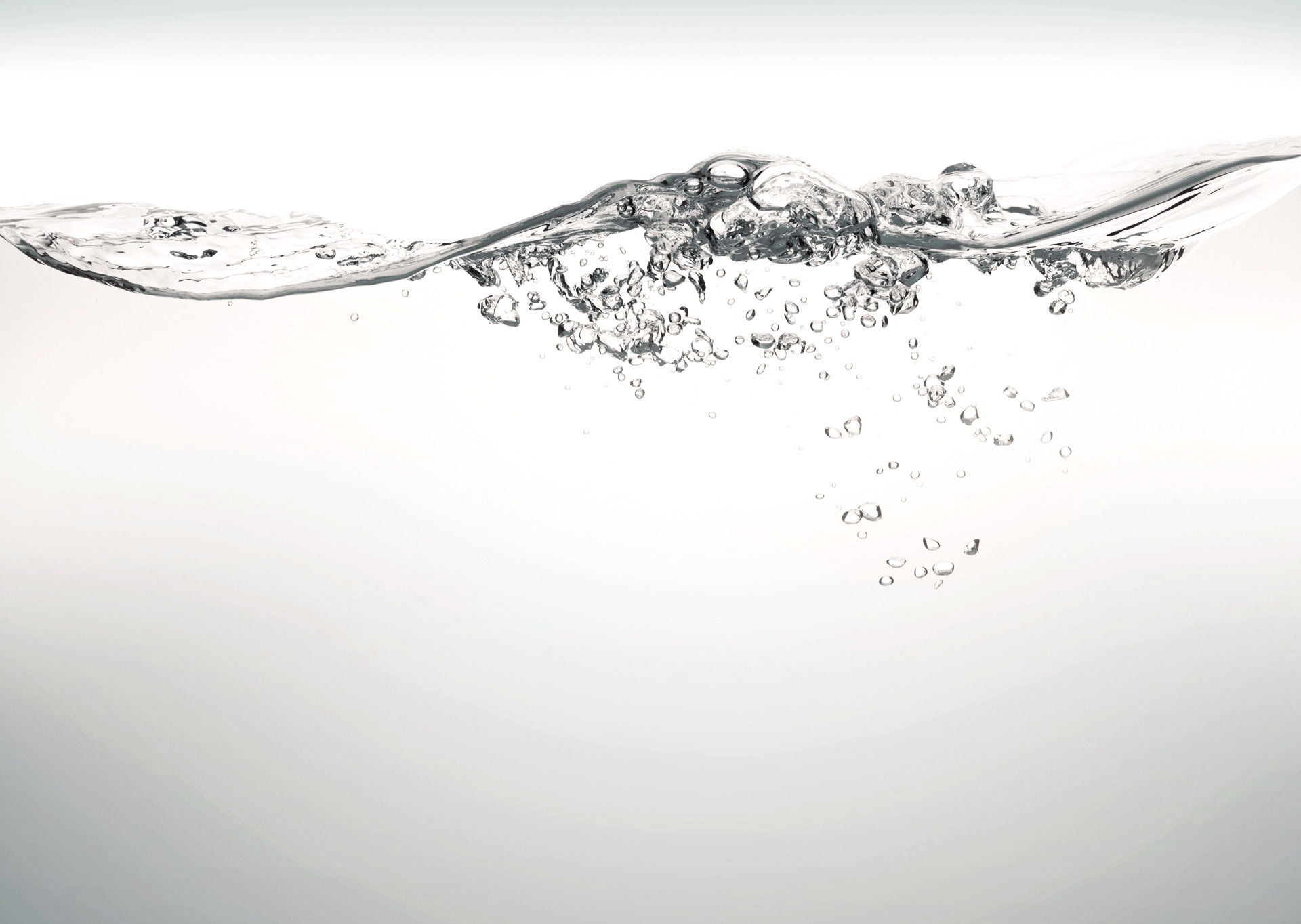
Polyacrylamide (PAM)
FOR WATER AND WASTEWATER TREATMENT
Polyacrylamide (PAM) - Introduction

Polyacrylamide (PAM) is a polymer formed from acrylamide subunits, it is long-chain polymer designed to attract either positively charged particles (organic materials, such as carbon or human waste) or negatively charged particles (inert materials, such as sand or clay).
The abbreviation of Polyacrylamide is PAM, it is a chemical which purchased in dry, emulsion, liquid and tablet form.
YASA ET is supplier of three different kinds of PAM: non-ion polyacrylamide (NPAM), cationic polyacrylamide (CPAM), and anionic polyacrylamide (APAM). Click here to learn more.
PAM chemical compounds are used to flocculate and coagulate suspended solids in water, wastewater, and soil. They assist in management of the Earth’s soil and water. In the straight-chain form, it is also used as a thickener and suspending agent.
YASA ET Polyacrylamide (PAM) Main Uses
Flocculate or coagulate solids in a liquid may be one of the largest uses for polyacrylamide which applies to wastewater treatment, and processes like paper making and screen printing.
Polyacrylamide (PAM) can be supplied in a powder or liquid form, with the liquid form being subcategorized as solution and emulsion polymer.
The ionic forms of polyacrylamide has found an important role in the potable water treatment industry. Trivalent metal salts, like ferric chloride and aluminium chloride, are bridged by the long polymer chains of polyacrylamide. This results in significant enhancement of the flocculation rate. This allows water treatment plants to greatly improve the removal of total organic content (TOC) from raw water.
Another common use of polyacrylamide and its derivatives is in subsurface applications such as Enhanced Oil Recovery. High viscosity aqueous solutions can be generated with low concentrations of polyacrylamide polymers, and these can be injected to improve the economics of conventional waterflooding.
The anionic form of cross-linked polyacrylamide is frequently used as a soil conditioner on farm land and construction sites for erosion control, in order to protect the water quality of nearby rivers and streams.
YASA ET Polyacrylamide (PAM)
At YASA ET we can supply three types of polyacrylamide depending the specific application: APAM, CPAM, and NPAM.
1. Anionic polyacrylamide (APAM)
This type of polymer has molecules that carry negative charge. Anionic polyacrylamide can pick up positively charged particles (clay, sand), much like a magnet picks up nails and other metal objects.
APAM can be widely used in waste water treatment of chemical industry, municipal sewage treatment, such as coal washing, mineral processing, metallurgy, iron and steel industry and electronic industry. It is also used in oil industry to enhance oil recovery which is widely used. In addition, anionic polyacrylamide can be used as paper additives and textile pulp agent.
2. Cationic polyacrylamide (CPAM)
This type of polymer has molecules that carry positive charge. Cationic PAM can pick up negatively charged particles (organic materials like carbon or human waste).
CPAM is very efficient in usage and has high dehydration rate. It is used for the waste water treatment in alcohol factory, monosodium glutamate factory, sugar factory, beverage factory, tanneries, dyeing and other fields. It has a better effect to be used together with inorganic coagulant in particular. Besides, cationic polyacrylamide can be used as paper additives as well.
3. Non-ionic polyacrylamide (NPAM)
NPAM is a water-soluble polymer or polyelectrolyte. Because its molecular chain contains a certain number of polar groups, it can accelerate the sedimentation of particles in the suspension. It has a very obvious effect on speeding up solution clarification and promoting filtration. NPAM is highly water-soluble and can be completely dissolved in cold water. Therefore, adding a small amount of non-ionic polyacrylamide can obtain a good flocculation effect.
YASA ET Polyacrylamide (PAM) Advantages:
-
Wide range of applications
-
High quality and specifications to meet various needs in wastewater treatment
-
Low dosage and high efficiency reduce chemicals consumption costs
-
Easier post-treatment applications
-
Easy to use in multiple fields
Explore other water and wastewater treatment solutions offered by YASA ET
Polyaluminium Chloride (PAC) Chemicals
Activated Carbons for Wastewater and Air Filtration
Membranes for wastewater treatment

_website.png)